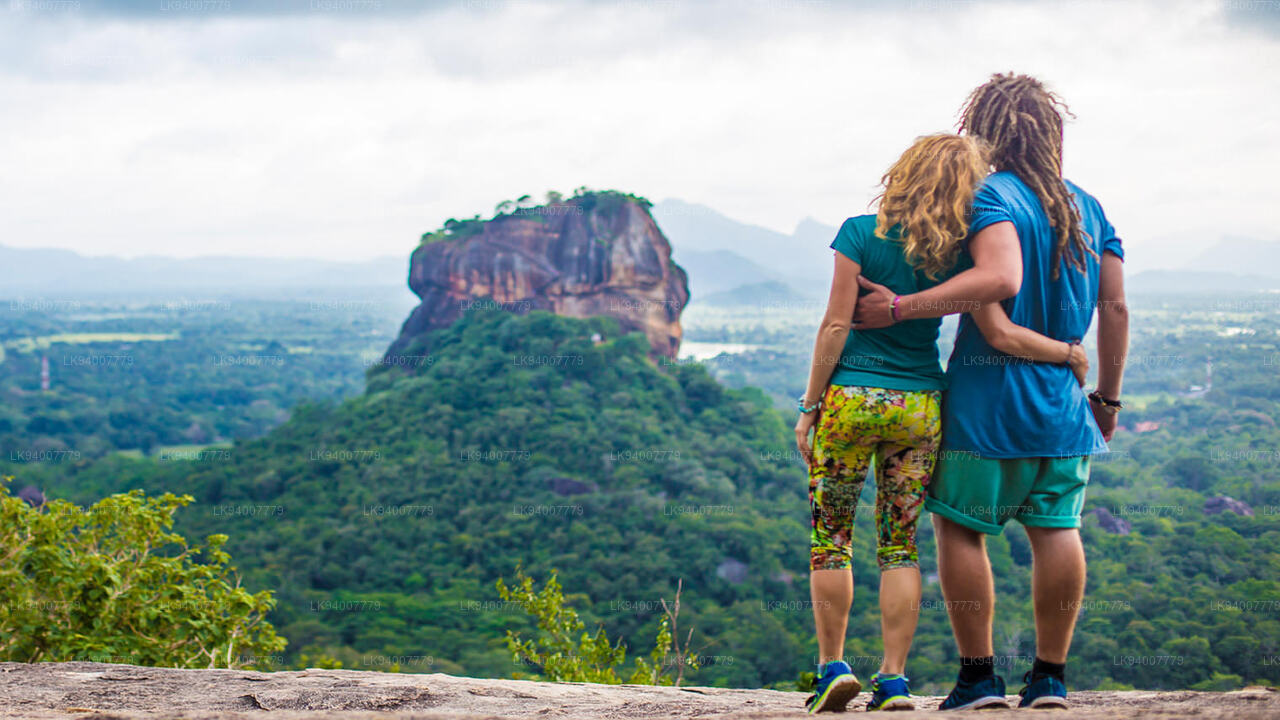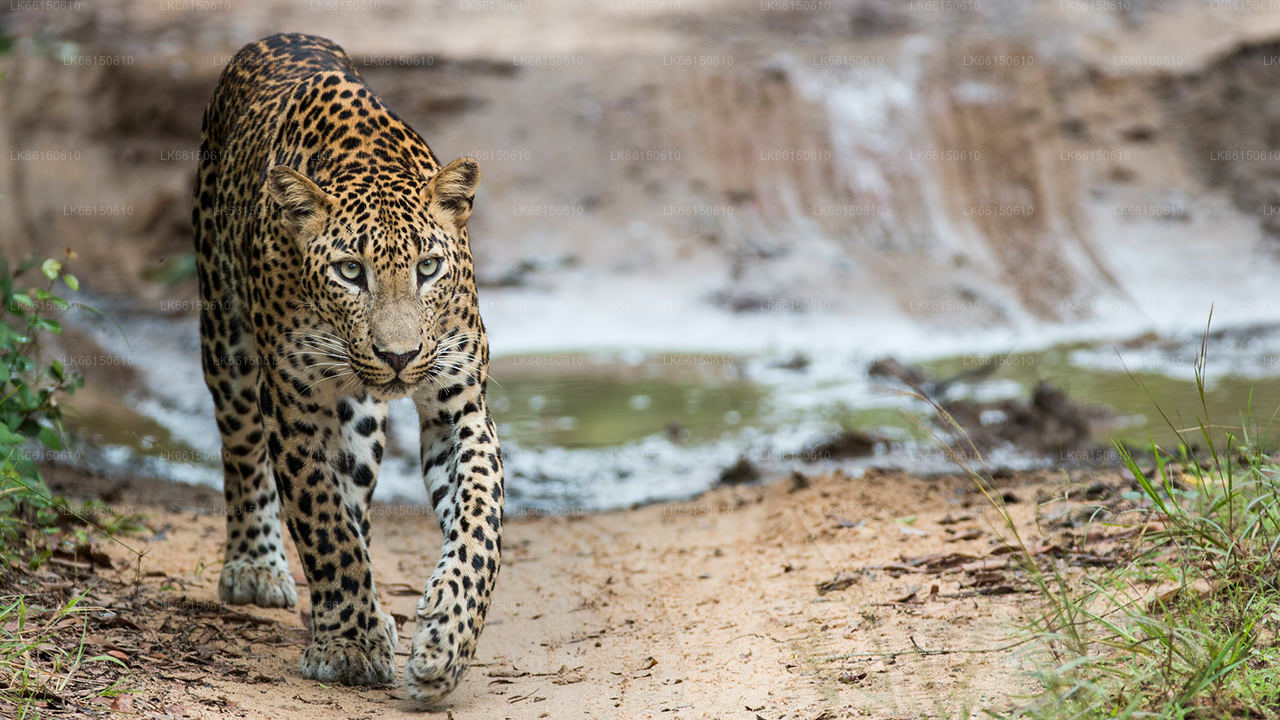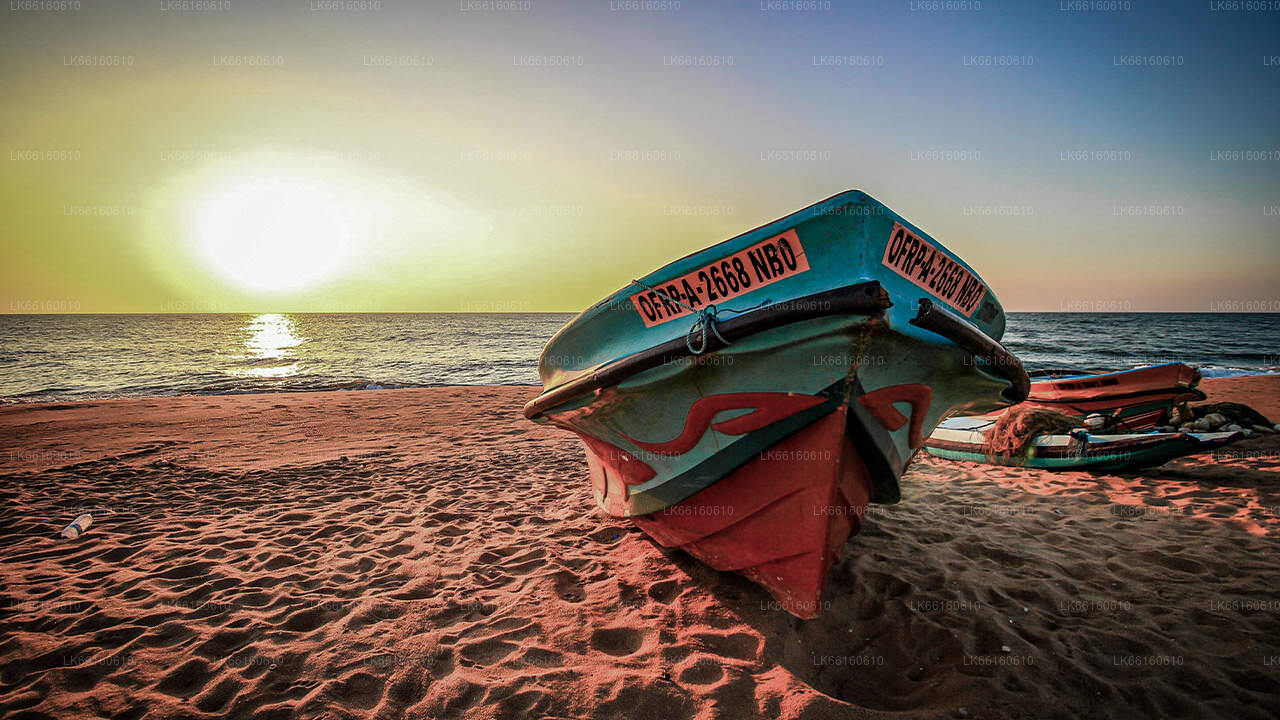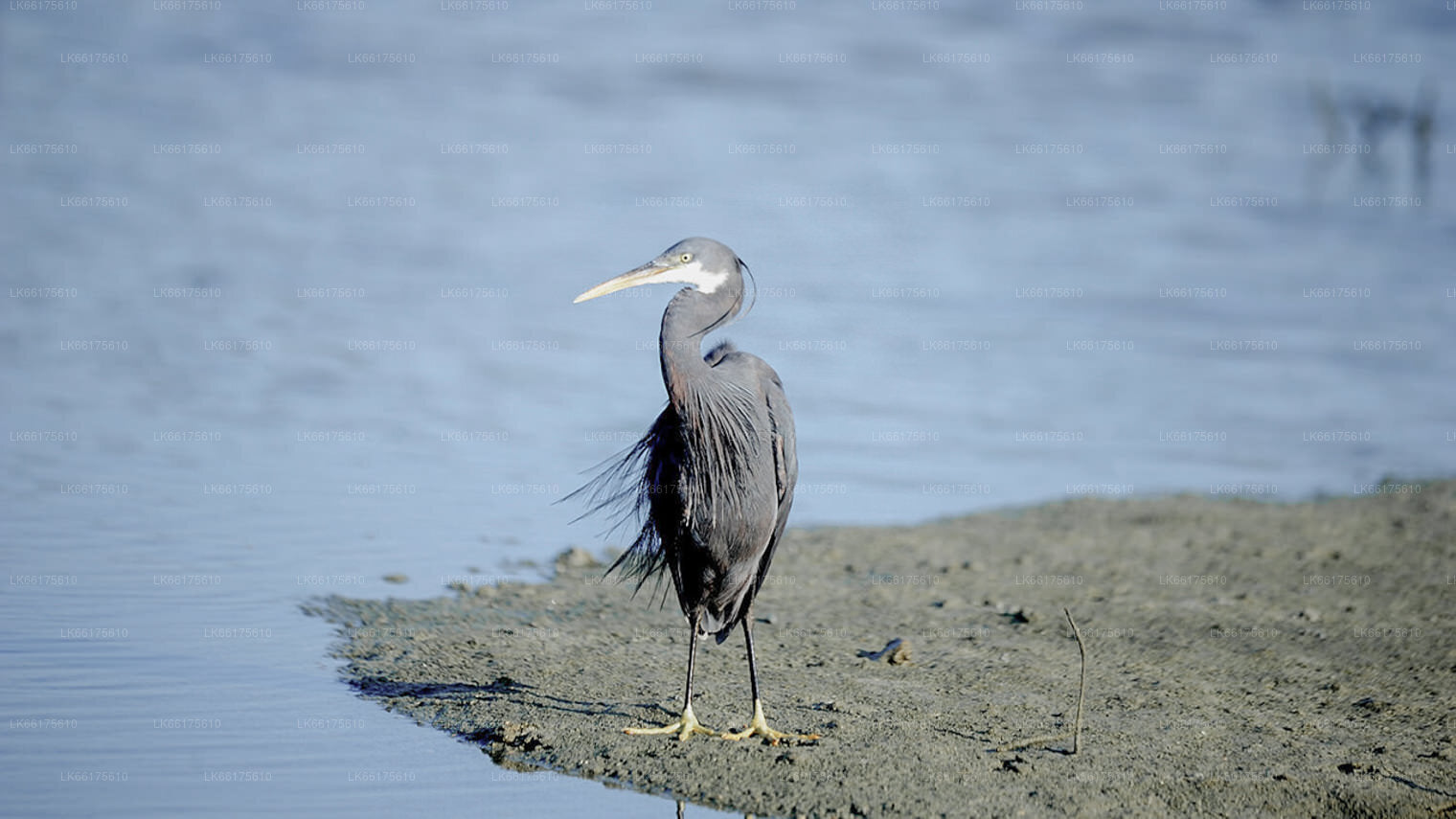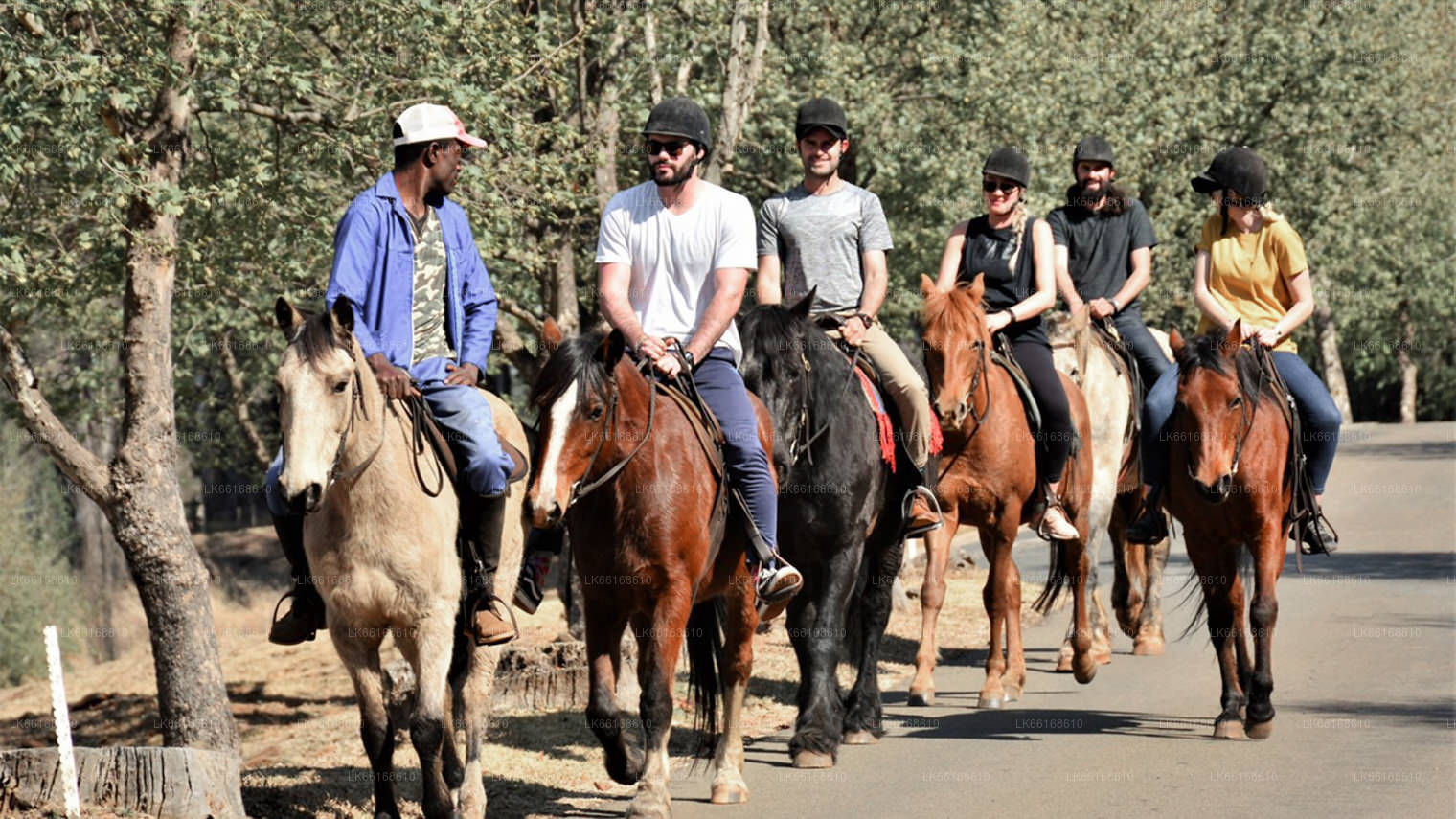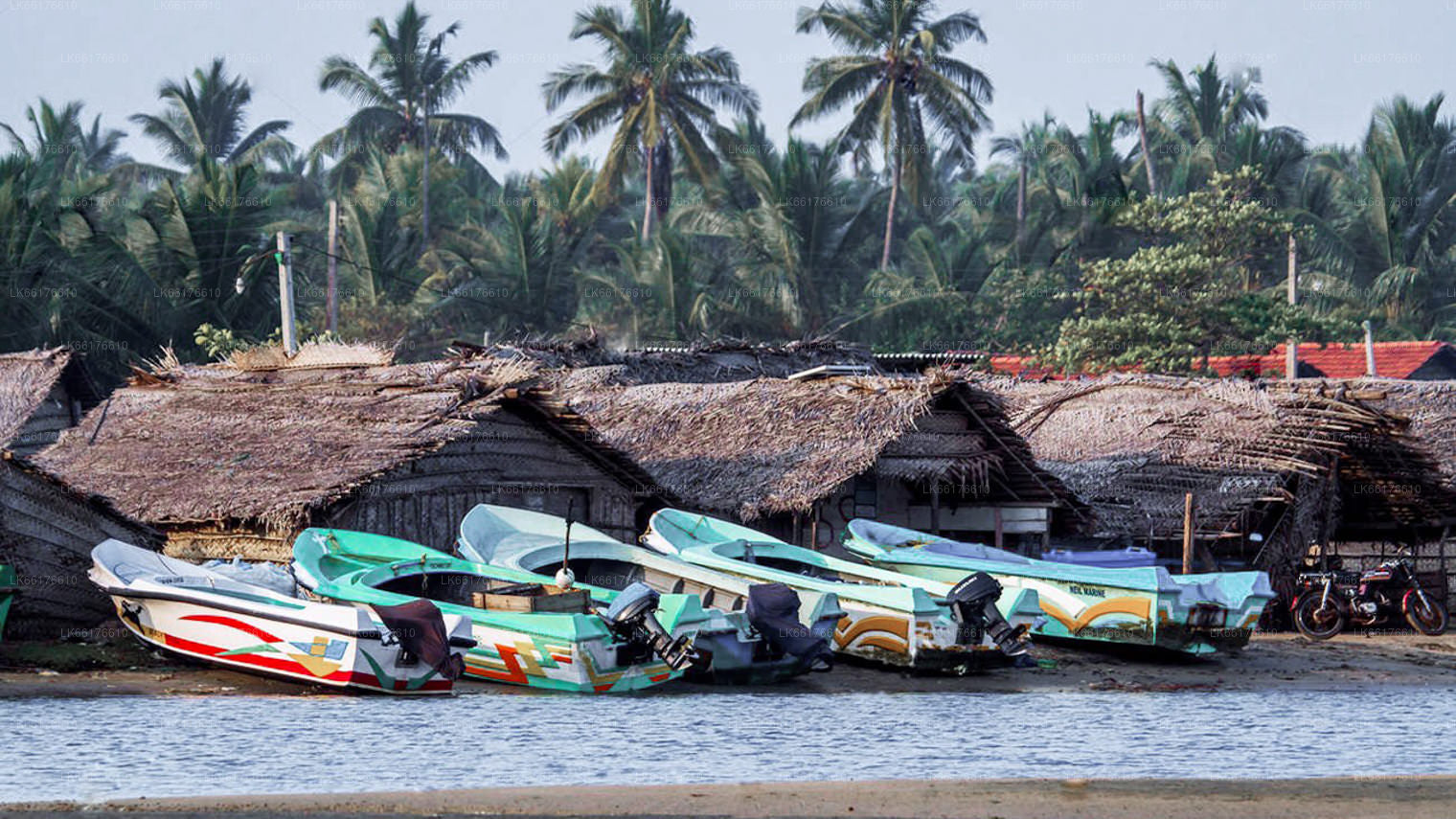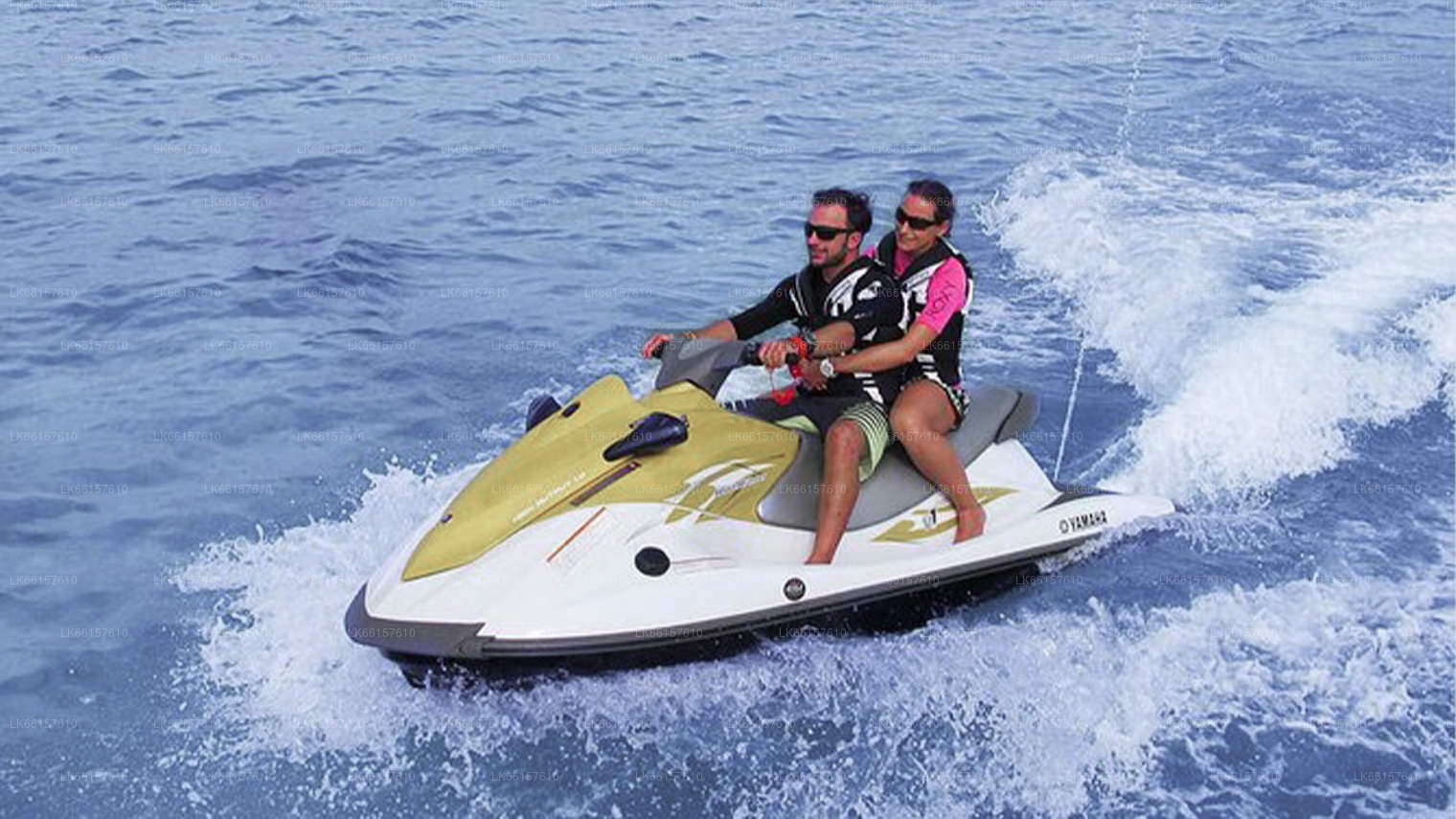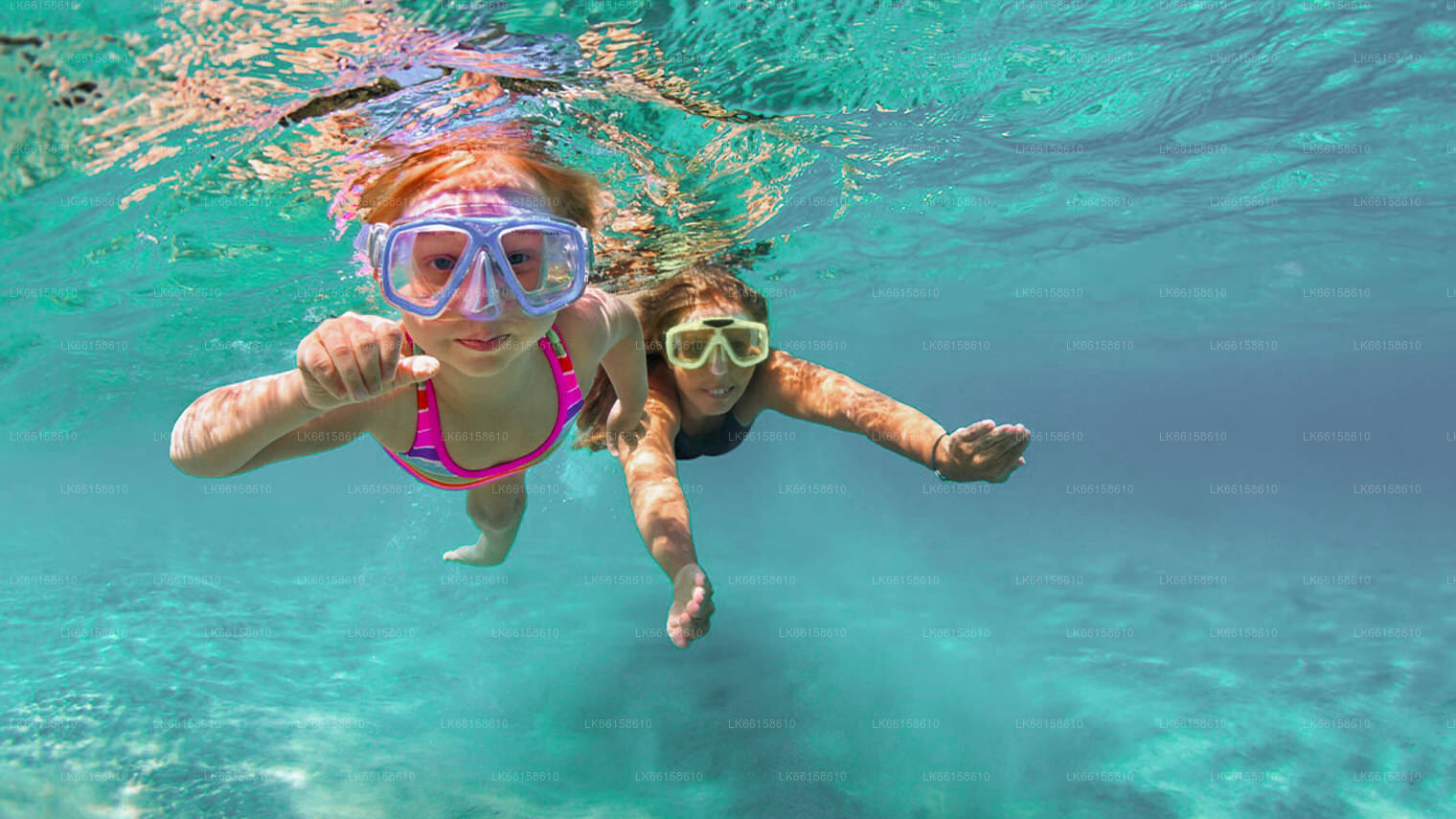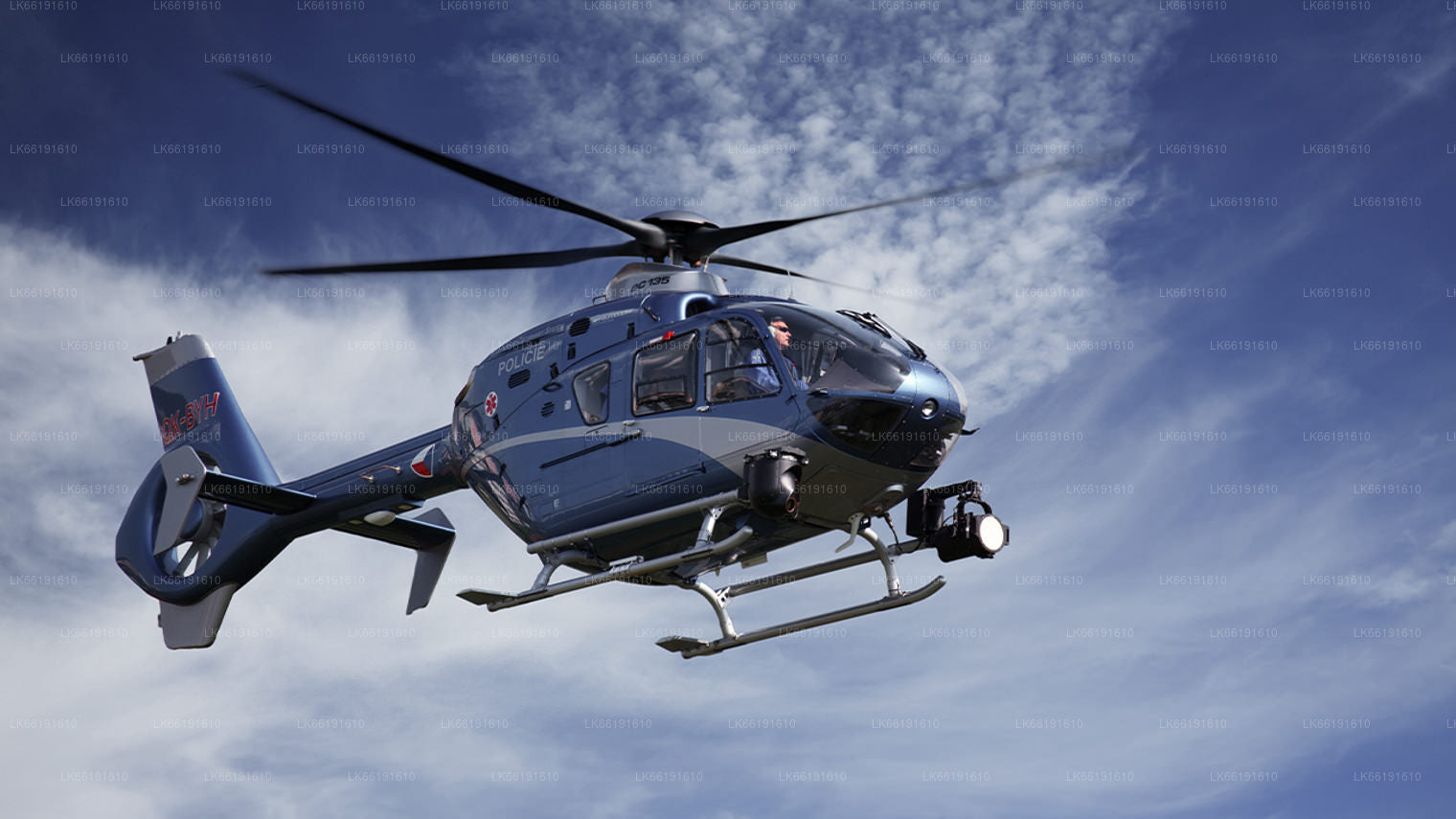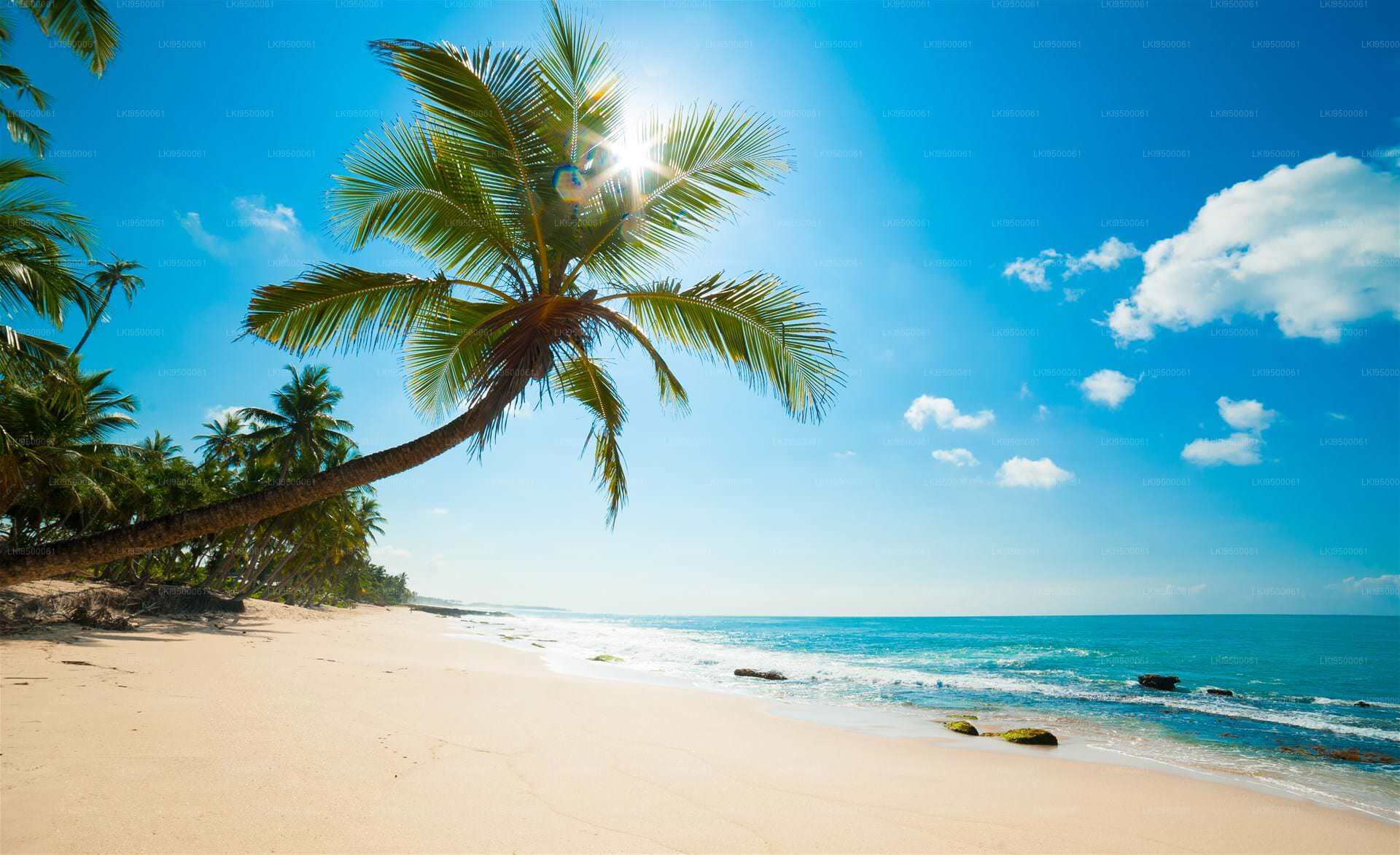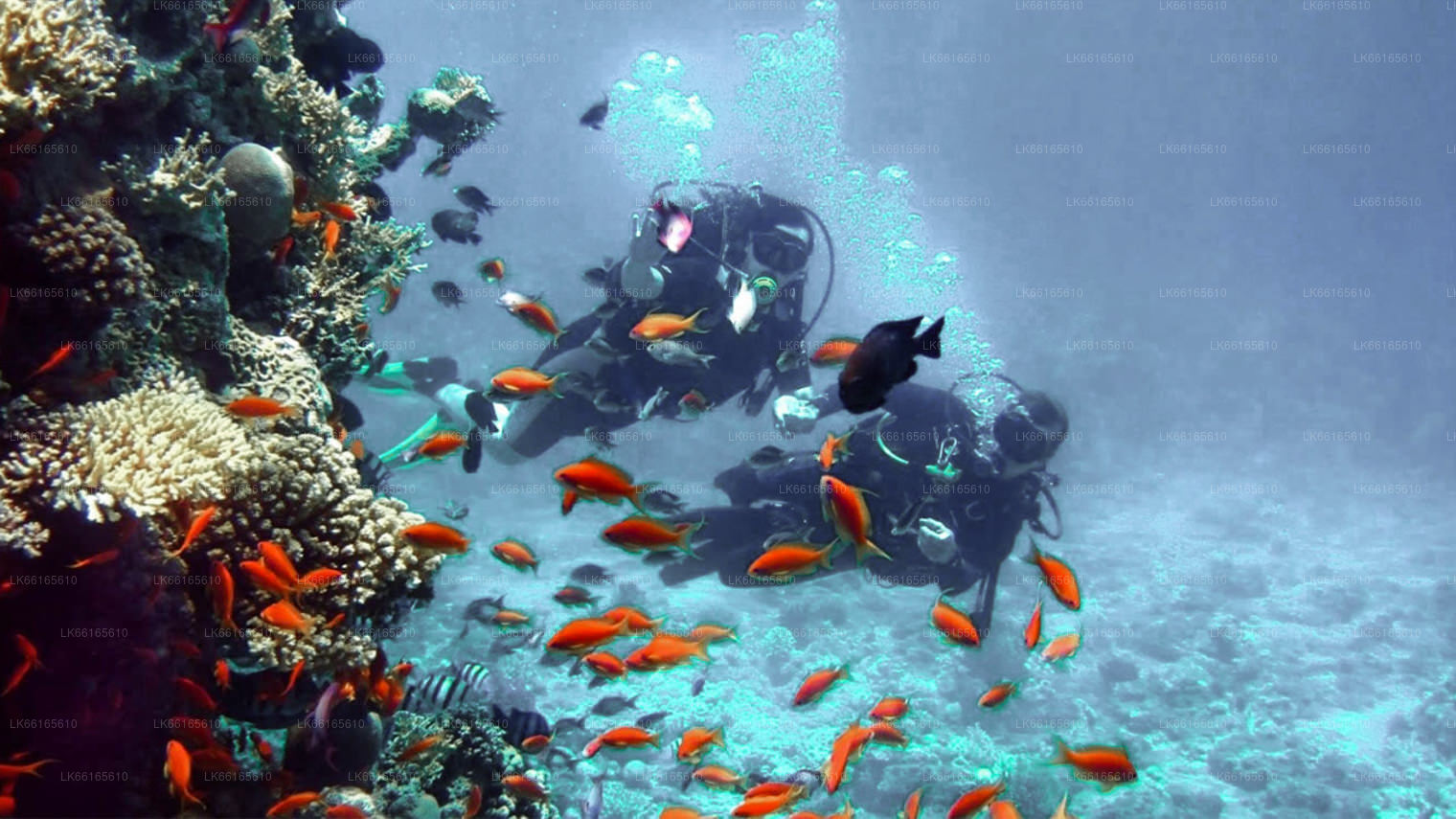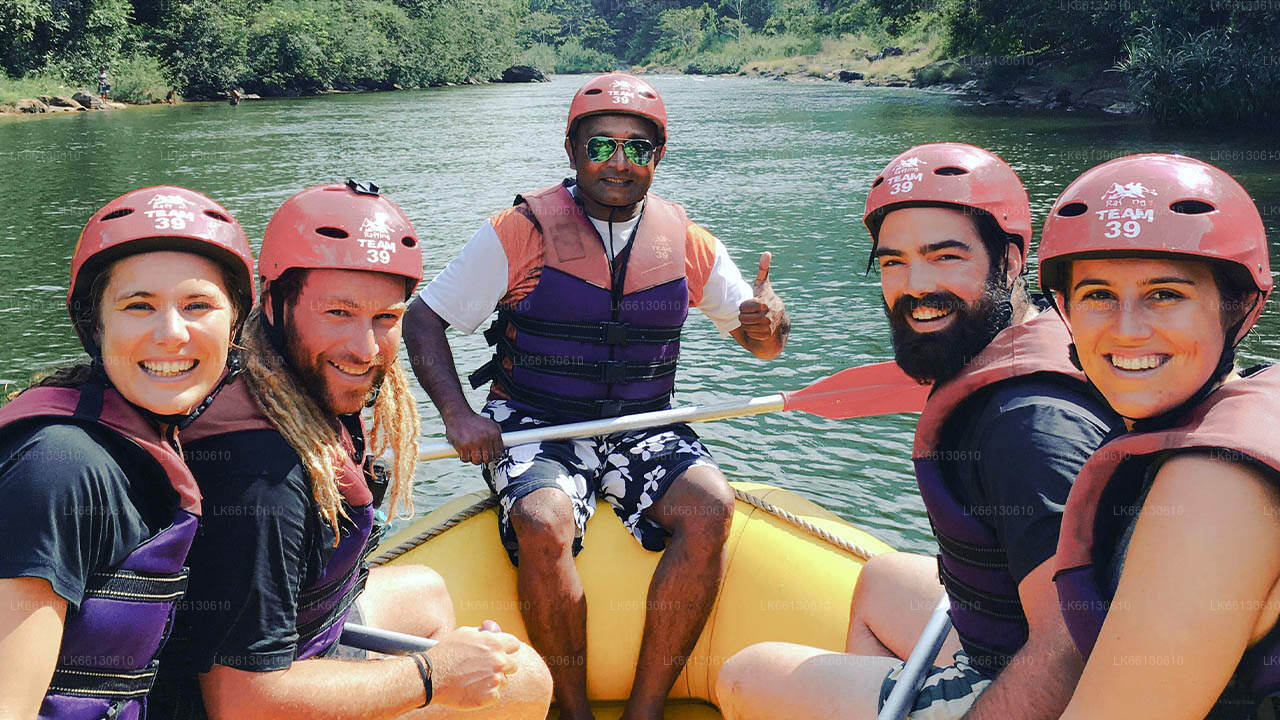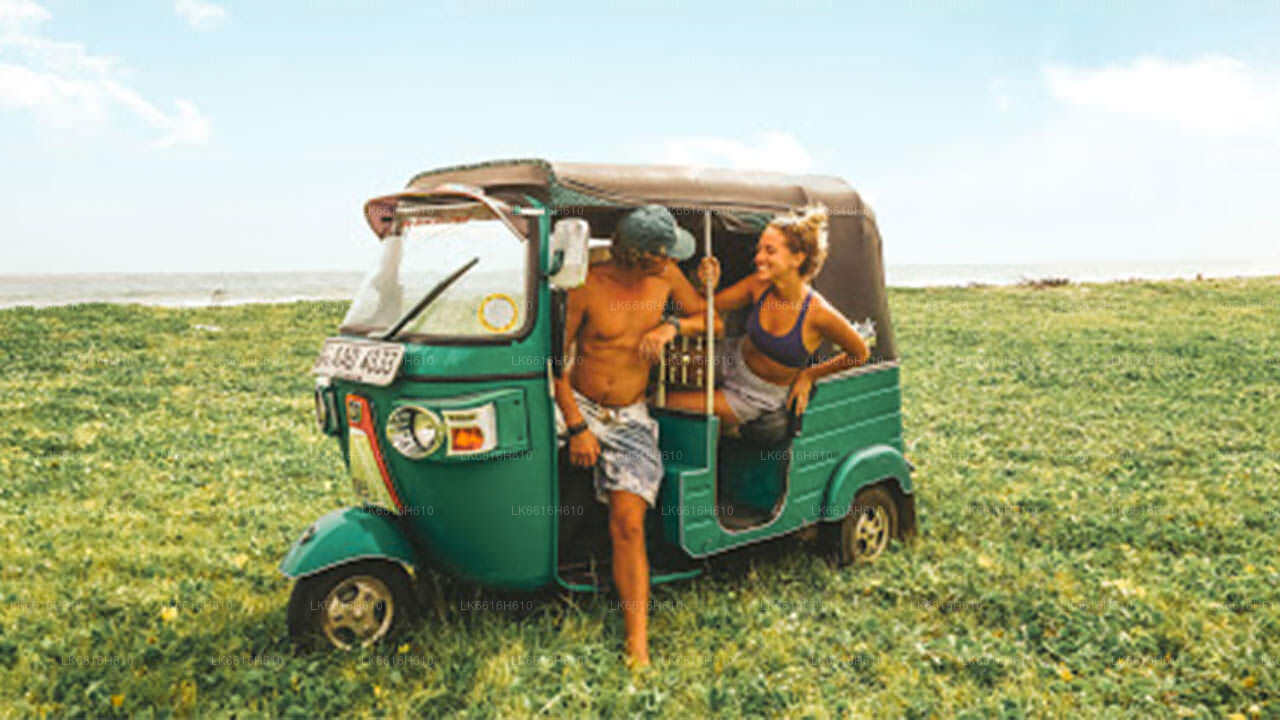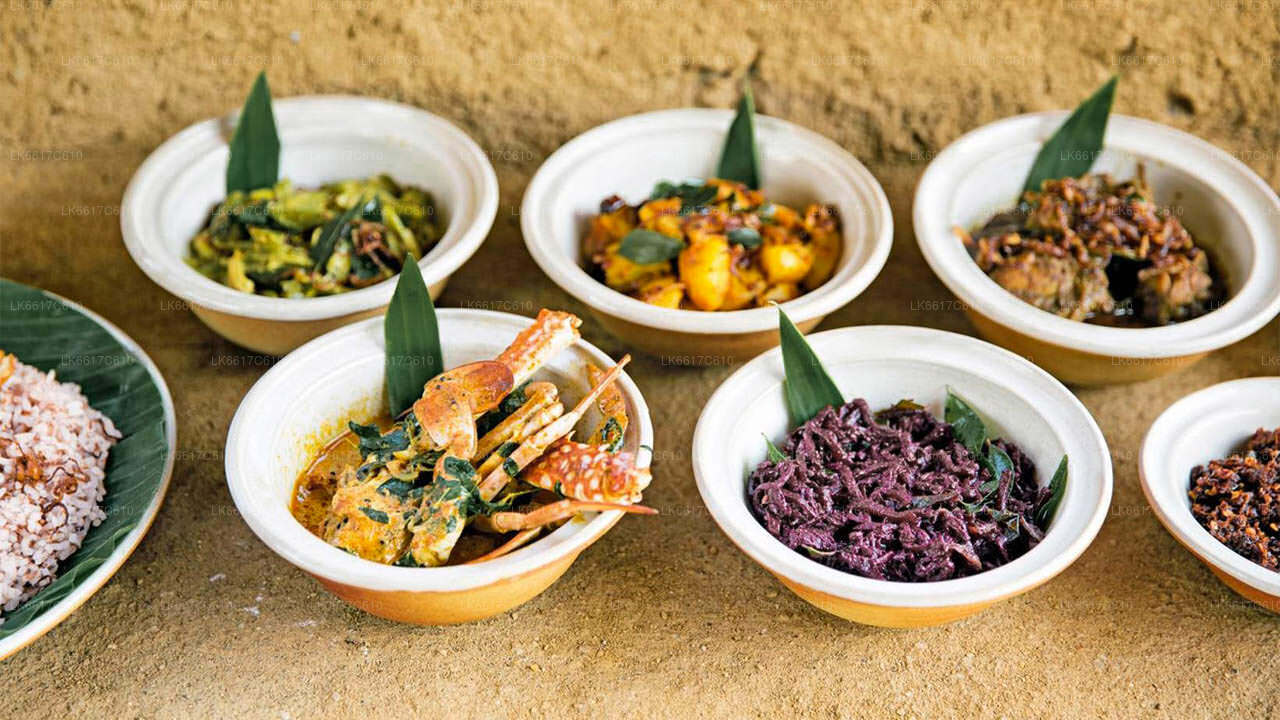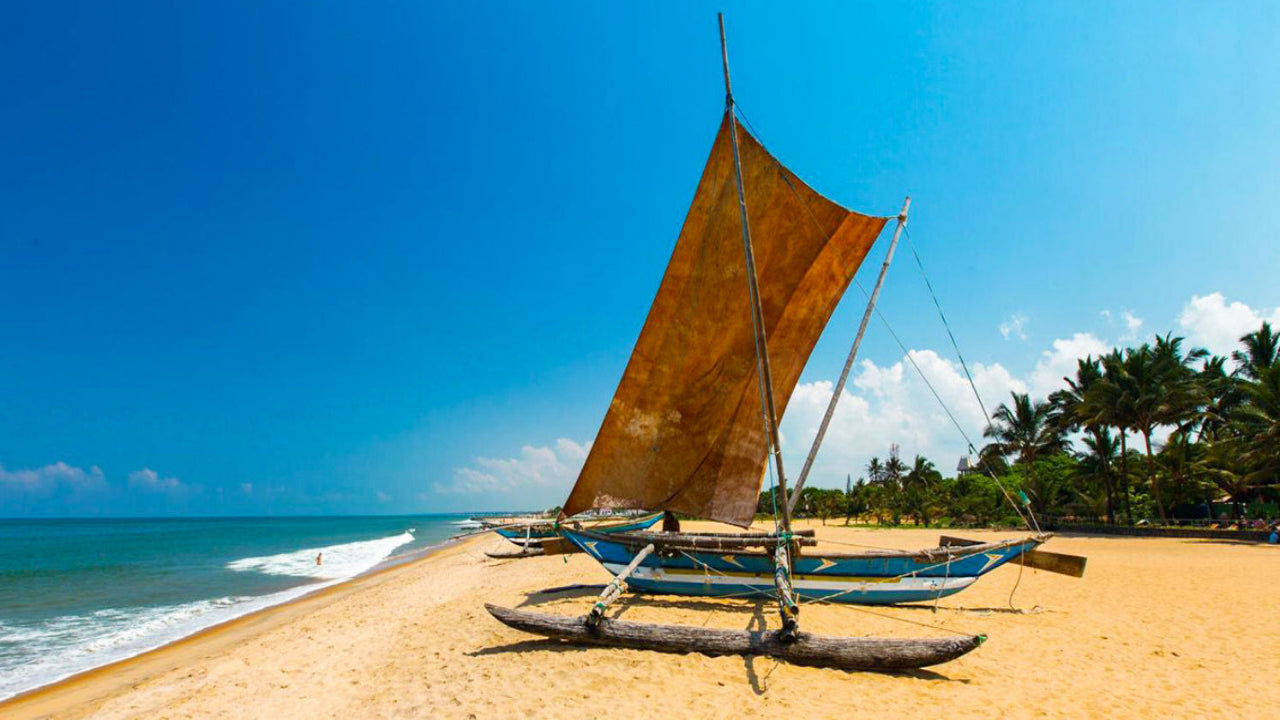
尼甘布市
尼甘布是斯里兰卡的一座海滨城市,将文化遗产与海滨魅力完美融合。它以纯净的海滩、荷兰运河和熙熙攘攘的鱼市而闻名,更有精彩的短途旅行和宁静的寺庙吸引着游客。每一次造访,都能感受到尼甘布丰富多彩的魅力。
Muthurajawela Wetlands
Muthurajawela is the largest saline coastal peat bog in Sri Lanka. The Marsh together with the Negombo Lagoon form an integrated coastal wetland eco-system with marsh lagoon complex itself estimated to have originated around the year 5000 BC. The northern section of the marsh covering an area of 1,777ha was declared a sanctuary in July 1996 under the fauna & flora protection ordinance.
The marsh is a major local and tourist attraction, primarily used for sightseeing and boating tours, and the area also supports local agriculture and forestry. Visitors to the region are guided through the sanctuary areas by the staff of the Muthurajawela Marsh Centre to avoid serious harm to the marsh ecosystem.
Muthurajawela Wetlands in Sri Lanka: The Flora and the Fauna
Muthurajawela harbors over 194 species of Flora distributed over seven major vegetation types which includes marsh, lactic flora, shrub land, reed, swamp, grasslands, stream bank and mangrove forest. A total of 194 species of vegetation belonging to 66 families have been recorded which include one endemic species (Phoenix zelanica). Among the different types of vegetation, the shrub land consists of 115 species with the mangrove forest and stream bank consisting of just 23 species each.
Unfortunately due to the high level of human activity within the sanctuary as well as other human related environmental factors, the flora composition at Muthurajawela seems to be changing rapidly.
The vertebrate fauna includes 40 species of fish, 14 species of reptiles, 102 species of birds and 22 species of mammals. Among the total vertebrate species documented 17 are endemic while 26 are nationally endangered. Among the invertebrates documented 48 species are butterflies and 22 species are dragonflies.
Muthurajawela Wetlands in Sri Lanka: The Wildlife
The Amphibians consists of 14 species including 4 endemics, 5 nationally endangered and represents 26% of the total amphibian species on the island. The Common Toad and the Six-toed Green Frog are the most common species found here. The Reptiles consist of 31 species covering 20% of the island’s reptilian fauna. 6 endemic species are found here and 9 are nationally endangered. The Commonest species of reptiles are the Water Monitor, Common Garden Lizard and two species of Geckos. The Start Tortoise is also found here which is not regular as it is known to be a dry zone species.
Being a wetland habitat, the fish found in Muthurajawela offer an insight into the ‘health’ of the wetland. 40 species of fish have been recorded which is 45% of Sri Lanka’s native inland fish species and includes 5 endemics, 5 nationally endangered, and 4 exotic species. The Thilapia (Sarotherodon mossambicus), Pearl Spot (Etroplus surantensis) and the Dwarf Panchax (Aplocheilus parvus) are amon the very common species found at Muthurajawela. The fish species also include freshwater and marine migratory species that migrate from fresh to marine habitats for reproduction.
The Mammals of Muthurajawela consist of 22 species including one endemic representing 25% of the island’s mammal species. Among them 4 species are nationally endangered. The Murids, Rats & Mice, are the most common types and the globally threatened Grey Slender Loris is extremely rare in Muthurajawela.
Birds are the dominant group of vertebrates in Muthurajawela. It consists of 102 species including one endemic. The mixture of vegetation types and aquatic habitats in Muthurajawela has made it an ideal eco-zone for a variety of birds. In the wetland eco-system Herons, Egrets, Cormorants, Teal, Waders and Kingfishers are found here. This is also a very important breeding habitat of many aquatic birds. Some of the wetland birds
加姆珀哈区
加姆珀哈是斯里兰卡的一个城市,也是西部省加姆珀哈区的首府,位于科伦坡北部。加姆珀哈区与科伦坡主要以克拉尼河为界。加姆珀哈镇位于科伦坡-康提公路上,距离米里斯瓦塔约4公里。加姆珀哈周围环绕着雅卡拉镇、米里斯瓦塔镇、韦利韦里亚·乌杜甘波拉镇和贾埃拉镇。
“加姆珀哈”在僧伽罗语中的字面意思是五个村庄。这五个村庄分别是伊哈拉嘎玛村 (Ihalagama)、帕哈拉嘎玛村 (Pahalagama)、梅达嘎玛村 (Medagama)、帕蒂亚嘎玛村 (Pattiyagama) 和阿鲁特嘎玛村 (Aluthgama)。
西部省
西部省是斯里兰卡人口最稠密的省份。立法首都斯里贾亚瓦德纳普拉和国家行政及商业中心科伦坡都位于此地。西部省分为三个主要区:科伦坡区(642平方公里)、加姆珀哈区(1386.6平方公里)和卡卢特勒区(1606平方公里)。作为斯里兰卡的经济中心,所有主要的本地和国际企业都在此设有办事处,所有主要的设计师和商业街零售商也都在此设立,所以准备好在西部省尽情享受购物的乐趣吧。
西部省是斯里兰卡人口最多的省份,岛上几乎所有顶尖的教育机构都位于西部省。该省的大学包括科伦坡大学、斯里贾亚瓦德纳普拉大学、凯拉尼亚大学、斯里兰卡开放大学、斯里兰卡佛教和巴利语大学、约翰·科特拉瓦拉将军国防大学和莫拉图沃大学。西部省拥有全国最多的学校,包括国立学校、省立学校、私立学校和国际学校。

